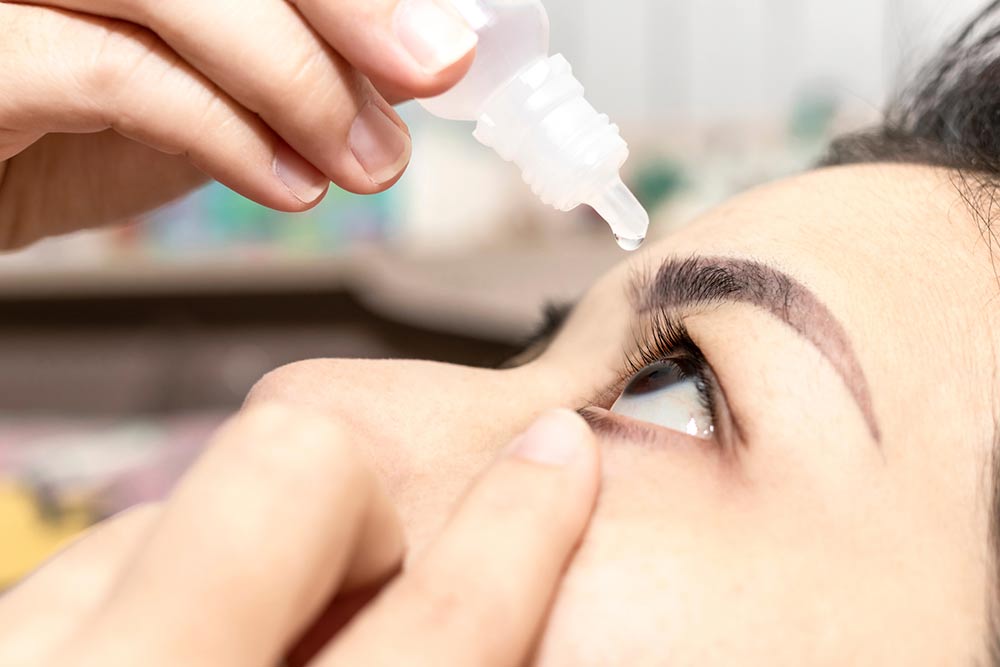13 likely hot spots for the flu
Influenza, commonly called the flu, is an infectious respiratory illness caused by influenza viruses. It can spread easily from person to person, especially in crowded places. While patients usually recover without treatment, learning about the traditional hot spots for the flu can minimize the risk of infection in the first place. By focusing on regular cleaning and personal hygiene, individuals can contribute to breaking the chain of flu transmission through these common areas. Shopping malls Shopping malls are significant hot spots for flu transmission. Individuals may come into contact with contaminated surfaces or breathe air shared with infected individuals. Wearing masks and sanitizing hands are two ways to curb the potential spread of the flu in such places. Door knobs Door knobs are among the most common hot spots for the flu virus. An infected person may inadvertently transfer the virus to a door handle while coughing or sneezing. When another individual comes into contact with the contaminated surface and touches their eyes, nose, or mouth, the virus enters their body. Regular cleaning of door knobs with disinfecting wipes or sprays is imperative to disrupt the chain of transmission. Dish sponges and rags Often considered the heart of the home, the kitchen harbors unsuspecting hot spots for flu germs.
Read More 









